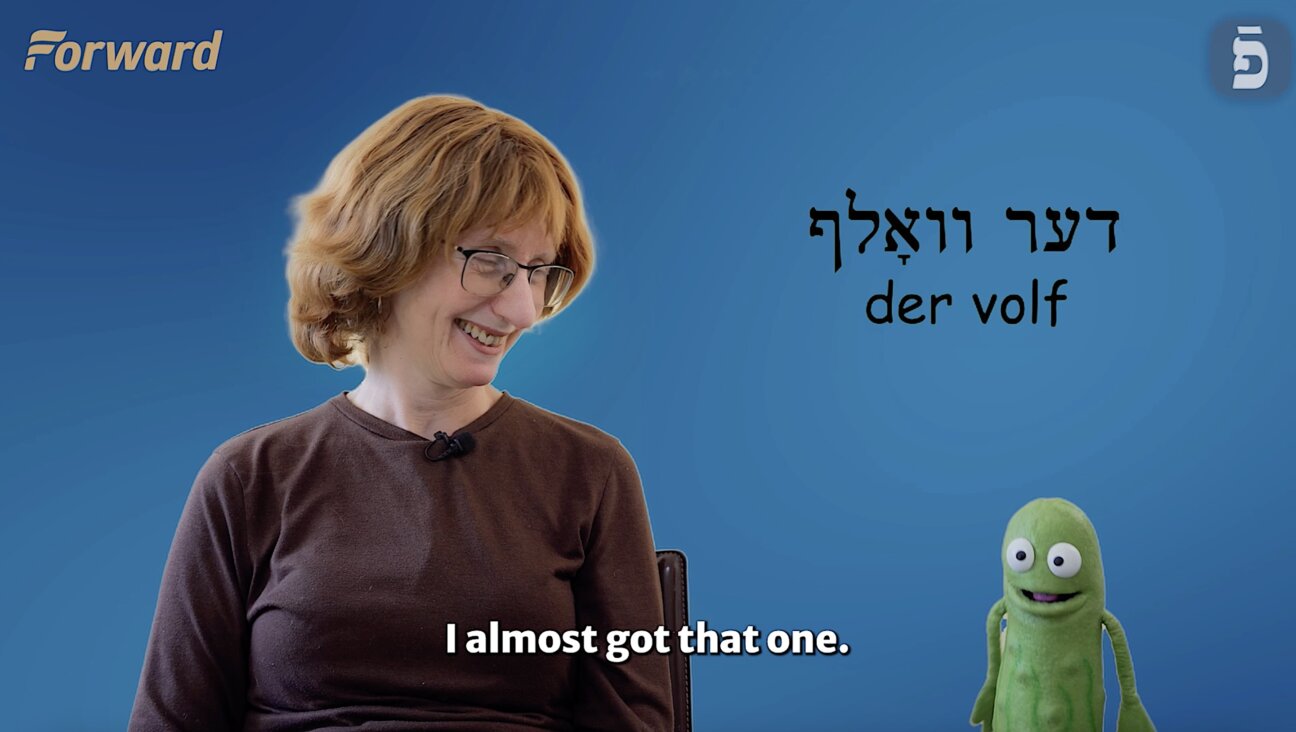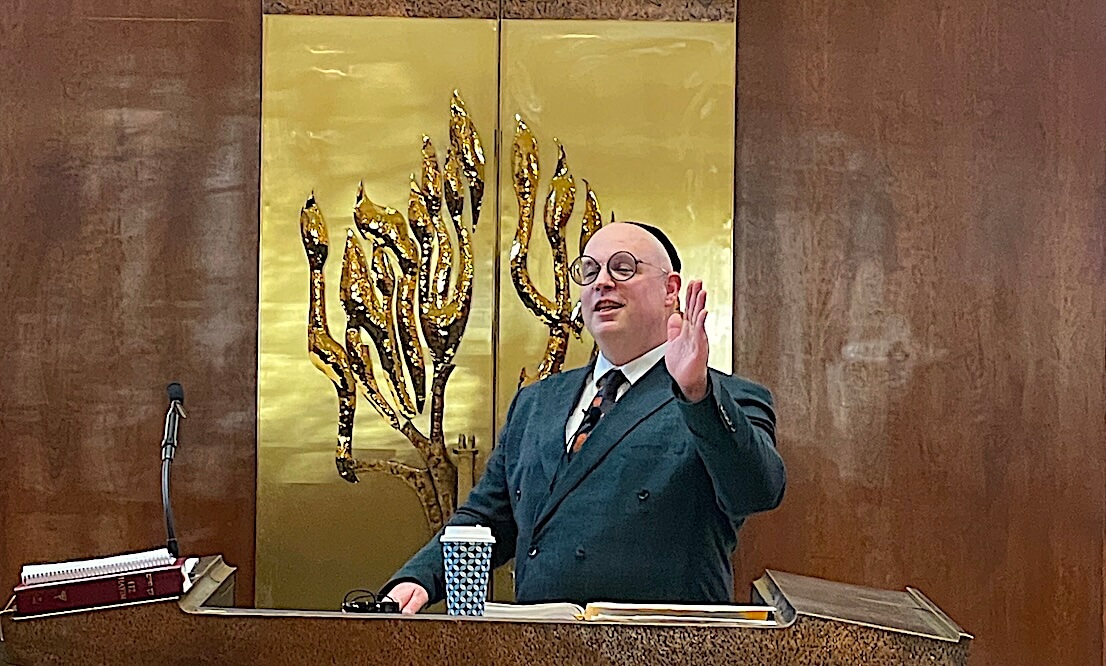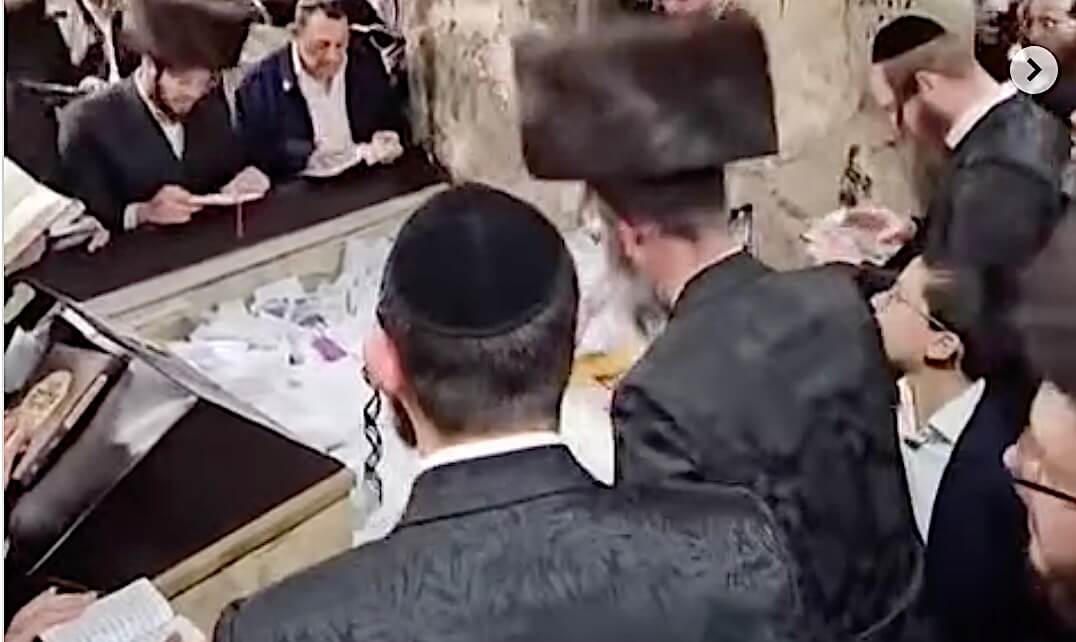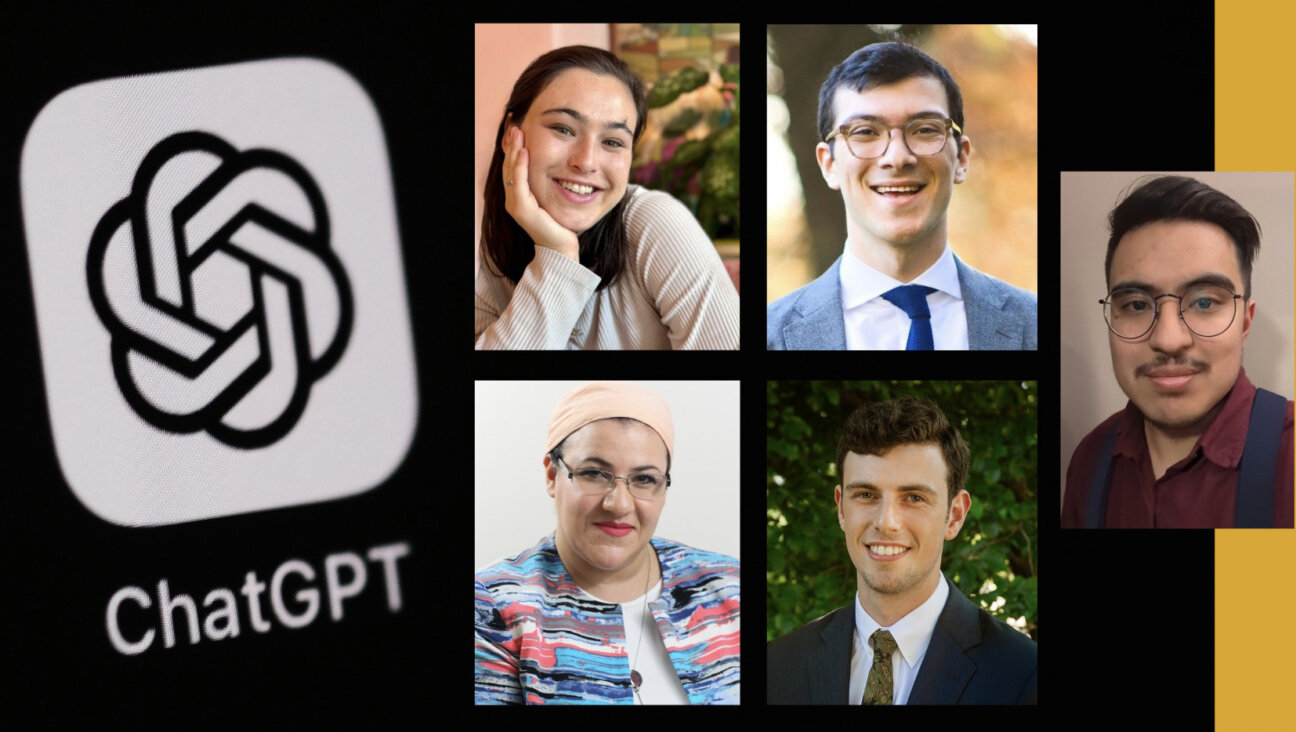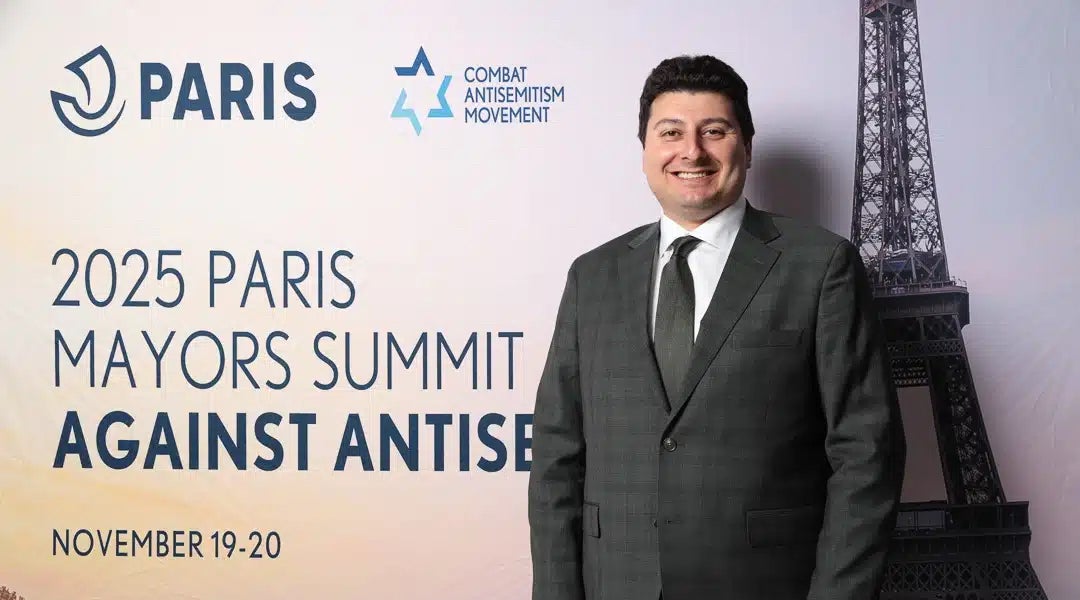From Bialystok to Brooklyn: A Jewish immigrant’s trek across three continents
This story is based on an article by the immigrant himself, Choni (Harry) Oshinsky, that appeared in the Forverts in the 1970s.

Graphic by Angelie Zaslavsky
Over fifty years ago, the Forverts published a series of stories in Yiddish by Chonie “Harry” Oshinsky, describing his childhood in a shtetl in Lomza Gubernia, his two-year trek to Brooklyn and his life in “di goldene medine”, the golden land.
Many years later, Oshinsky’s son, Lenny Oshins, brought an English translation of the story to journalist Marilyn Cohen Shapiro for a potential article. Using the manuscript as a basis, Shapiro has retold his story in three chapters, including details she discovered during her own research that help shed light on the the history surrounding Harry’s extraordinary life.
Chapter I: Leaving Home
Often, when we reflect on the Jewish immigrant experience, we tend to conjure up images of Jews fleeing westward in hay wagons, crossing the Atlantic Ocean in crowded steerage, catching the first glimpse of the Statue of Liberty and waiting and worrying in long lines at Ellis Island.
The descendants of Harry Oshinsky, on the other hand, recall his much more circuitous — and grueling — trek. At age sixteen, he left his home in Eastern Europe and traveled by train, boat and foot through Russia/Siberia, China, Japan, Hawaii, and San Francisco, before reuniting with his siblings in New York City. Harry’s amazing two-year journey was originally published in Yiddish as a series of articles in the Forverts in the 1970s.
Harry (née Chonie) Oshinsky was born in 1898 in in a shtetl in Lomza Gubernia, in the northeastern corner of Poland. Around 1904, Harry’s father, a hardworking but poor blacksmith, left his wife and children for more lucrative employment opportunities in New York City. He sent money and, over time, passage fare for the four oldest of seven children, with plans to have the entire family reunited in the goldene medine, the Golden Land, in the not too distant future.
Soon after his father left, Harry began attending cheder (Hebrew school), the classroom consisting of several tables and chairs set up in a barn, together with other Jewish boys of the town. The six-year-old proved to be a bright, able student. Within a year, he was proficient enough in Yiddish to write letters for his mother and for other grateful wives who had been left behind by their husbands and didn’t know how to write Yiddish themselves. “I had to help keep up the romance,” Harry later recounted. Relying on examples from Yiddish newspaper and texts, Harry composed missives like: “My dear husband, I miss you so! When will you send for me?”
As reports of pogroms in nearby villages began drifting into the town, the Oshinskys received a welcome letter from their father, saying: “Get ready! You will be leaving soon for America!” Enclosed were instructions and tickets for their passage. After weeks of preparations, Harry’s mother and the three siblings piled into a horse-drawn wagon driven by a hired agent to make the trip across Poland to the seaport in Bremen, Germany.
Unfortunately, Harry’s mother failed the required physical when she was diagnosed with trachoma, a contagious and potentially blinding infectious eye disease. The four, crushed with disappointment, returned to Poland, settling in Ostrove (Ostrów Mazowiecka), near the family of a maternal aunt. Despite efforts by eye specialists in the nearby city of Bialystok to stop the progression of the disease, Harry’s mother eventually lost her eyesight.
The family tried to adjust to the new circumstances. Harry’s older sister assumed all household responsibilities, while his six-year old brother Yitzchak was enrolled in a cheder. Although their father continued to send money, Harry, now 12 years old, decided he needed to help support the family by learning a trade. After completing a six-month training period, he found work as a tailor’s apprentice, traveling with his employer to small villages where he sewed peltsn (fur coats), in exchange for room and board, as well as the promise of new clothing and shoes for himself. He eventually returned to Ostrove and found steady work sewing clothes for both civilians and the military. The skills he learned in the tailor trade and the knowledge he acquired through the establishment of nascent local unions shaped both his career and his lifetime commitment to workers’ rights.
Although his “formal education had ended, Harry used every opportunity to increase his knowledge. Although his “formal” education had ended, Harry used every opportunity to increase his knowledge. He read newspapers and devoured books he obtained from the town’s tiny attic library. His eagerness to use the library was tied to his commitment to provide community service through Bikur Cholim, a volunteer organization established to provide companionship and reading aloud to the sick, thereby strengthening his own literacy skills. He also frequently earned additional income as a “scribe,” writing letters and documents as needed in his community.
Just before Purim, 1914, Harry’s father wrote:“I’m coming home!” Since the family wasn’t able to go to America, he was returning to Poland. Within two weeks, Harry’s father began lecturing his son on the need for Harry to immigrate to America “where a person who sews and does tailoring can earn ten times as much as here.” At his father’s insistence, Harry found a job in Bialystok to get more tailoring experience in a large urban center. Harry made a good salary and began dressing, as he wrote, “like an American with a fashionable hat and walking stick in my hand.” By August 1914, Harry had developed enough confidence to make plans to travel to New York City via Bremen, Germany – the same route he, his mother, and two siblings had tried to take over four years earlier.
Fate of global proportions interceded. The War to End All Wars erupted in Europe and Ostrove was filled with “tumult and noise,” Harry recalled. German planes flew overhead. Polish soldiers, followed by peasants with horse and wagons, marched through the streets on their way to the front. Harry’s younger sister’s fiancé, who had just returned after serving four years in the army, was forced to re-enlist. Harry and his father were required to register to work as part of the home guard, which provided weak and ultimately ineffective attempts to stop the encroaching Germans.
As the Polish army fell and the Germans moved closer to Ostrove, Harry, who had just turned sixteen, was in imminent danger of being drafted. His father, insisting that his son find whatever way possible to the United States, gave him the family’s passport as an illicit form of identification. With Europe engulfed in trench warfare and German u-boats lurking in the Atlantic Ocean, Harry and a friend also facing conscription, Yankel Goldberg, took an alternative but much more grueling route. They made their way across Russia and Siberia to China and Yokohama, a Japanese seaport, and touched American soil on Angel Island Immigration Center in San Francisco. They boarded a train in Bialystok for Minsk, Russia, in late fall 1914.
Although eventually reunited in New York City with Yitzchak, his youngest brother, Harry would never again see his parents, who died in Poland, or his younger sister and her family, who were murdered in the Holocaust. Harry and Yankel, the two refugees, were free — at least for the time being — and on their way to America.
A version of this article originally appeared in the Jewish World News, a bi-weekly subscription-based newspaper in upstate New York.
Next: Harry’s Long Journey
